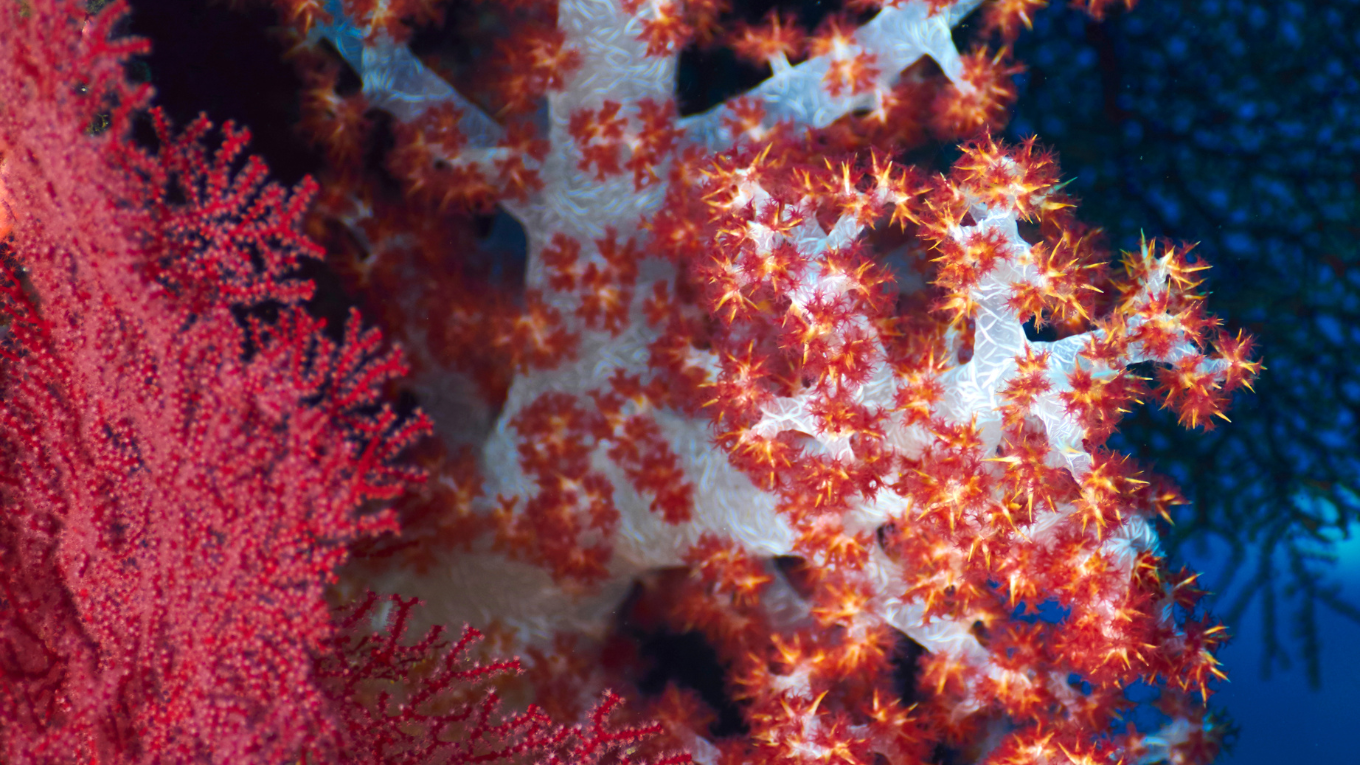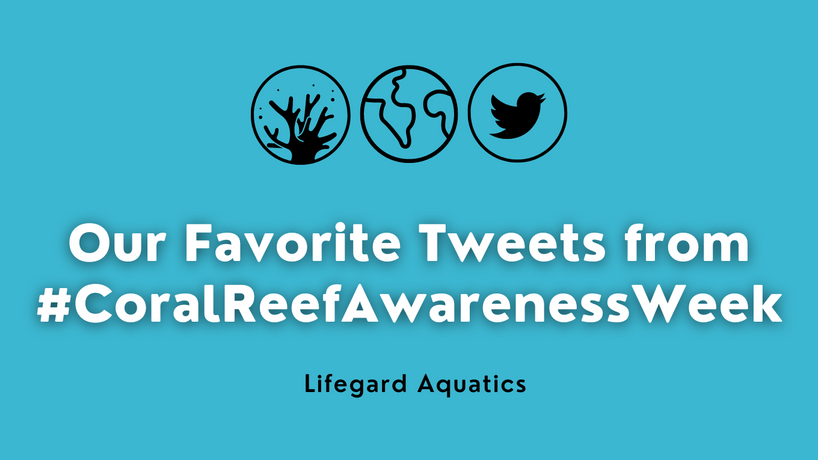- No products in the cart.
Our Favorite Tweets from #CoralReefAwarenessWeek: "The ULTIMATE Coral Collabo" By Birch Aquarium and California Academy of Sciences
25
Jul
Coral reefs have long captured the attention of humans through their breathtaking displays of color, intriguing shapes and structure, and the abundant life they attract to the oceans. But today, coral reefs and the life that depends on them need us to act on their behalf.

Coral reefs are often referred to as the "rainforests of the sea" because they house so much diversity. Although coral reefs encompass less than 1% of our oceans, they are home to over 25% of all marine life!

Aquarium hobbyists are, by and large, more in tune with the societal and environmental issues that plague fresh and saltwater environments around the globe.
We therefore encourage all reef aquarium keepers to be good shepherds of the sea. Remind people that corals are animals closely related to jellyfish and anemones. Corals support so many aquatic animals—as a home, as a food source, etc.—and they also help keep their ecosystem clean by filtering the surrounding water. These are among the many reasons why saltwater aquarium hobbyists enjoy keeping them in home aquariums!

Coral reefs are an excellent source of food, shelter, and nesting sites for marine life, both small and large. With about half the planet’s coral species located in the Caribbean, they are very important habitats for the region’s marine life. It’s a source of interest and passion, and a source of food, shelter, and income for millions of people.
There are a number of damage-causing activities threatening the reef's survival, including pollution, overfishing, poaching and coral harvesting—all of which are caused by human activity.
Thankfully, awareness and conservation efforts are on the rise, helping to save this amazing ecosystem we so dearly depend on.

For example, last week was #CoralReefAwarenessWeek. We found a really cool thread on Twitter that exemplifies what the scientific community here in California (where Lifegard Aquatics is headquartered!) is doing to create awareness about coral reef conservation and how they are reducing pressures on wild populations through their coral propagation and fragmentation practices.
Shout-out to the social media teams at the Birch Aquarium and California Academy of Sciences for the cool media they produced for this campaign!
This #CoralReefAwarenessWeek, @Birch_Aquarium and @CalAcademy teamed up for the ULTIMATE coral collaboration! We worked together to drive coral from #BirchAquarium to #SteinhartAquarium at #CalAcademy 🪸🚗 pic.twitter.com/LafI2YPa4z
— Birch Aquarium (@Birch_Aquarium) July 21, 2022
At #BirchAquarium, we’ve raised generations of coral via Coral Propagation. #BirchAquarium #aquarists mimic nature and carefully fragment coral into smaller pieces. With proper care, these small coral fragments can grow into new coral colonies 🪸 pic.twitter.com/rlnChqrrFG
— Birch Aquarium (@Birch_Aquarium) July 21, 2022
#Coral populations are in decline around the world due to climate change, ocean acidification and destructive fishing practices. We propagate coral and share fragments with accredited zoos and aquariums to help reduce pressures on wild populations. pic.twitter.com/6hRrR2j2ox
— Birch Aquarium (@Birch_Aquarium) July 21, 2022
All packed up and ready to go, these fragmented corals were driven about 500 miles up the California coast to the #SteinhartAquarium at @calacademy, where they now live in the Philippine Coral Reef exhibit. pic.twitter.com/TqPCB7rjBJ
— Birch Aquarium (@Birch_Aquarium) July 21, 2022
@calacademy biologists donned their SCUBA gear and skillfully placed these corals in the Philippine Coral Reef exhibit, using epoxy to secure them 🤿 pic.twitter.com/iTEOlm4egV
— Birch Aquarium (@Birch_Aquarium) July 21, 2022
This 212-thousand gallon exhibit is one of the largest displays of living coral on the planet 🌎 Now firmly in place, these corals will continue to grow in their new home over at #SteinhartAquarium at @calacademy pic.twitter.com/RlcPwrK14X
— Birch Aquarium (@Birch_Aquarium) July 21, 2022
Special thanks every single person involved in this coral collaboration at both #BirchAquarium and #SteinhartAquarium at @calacademy
— Birch Aquarium (@Birch_Aquarium) July 21, 2022
Did you see any cool posts on social media for #CoralReefAwarenessWeek? Are there accounts that you think our staff and others in the aquarium-keeping community should be following?
Please leave us a comment and let us know!
If you would like a nice sharable infographic about how coral bleaching occurs, click the image below for a PDF version of this cool one created by the National Oceanic and Atmospheric Administration (NOAA) for their Coral Reef Conservation Program.








